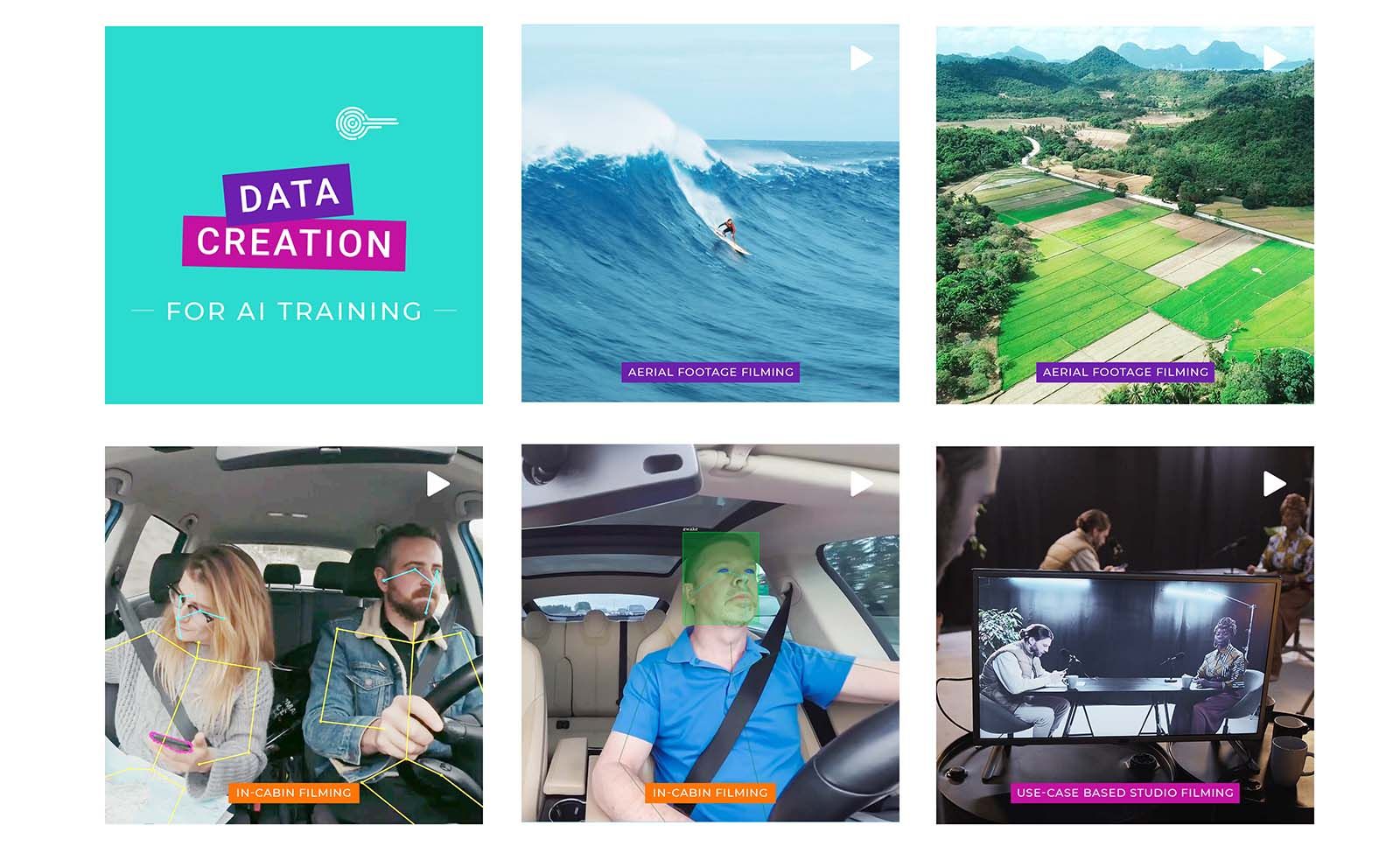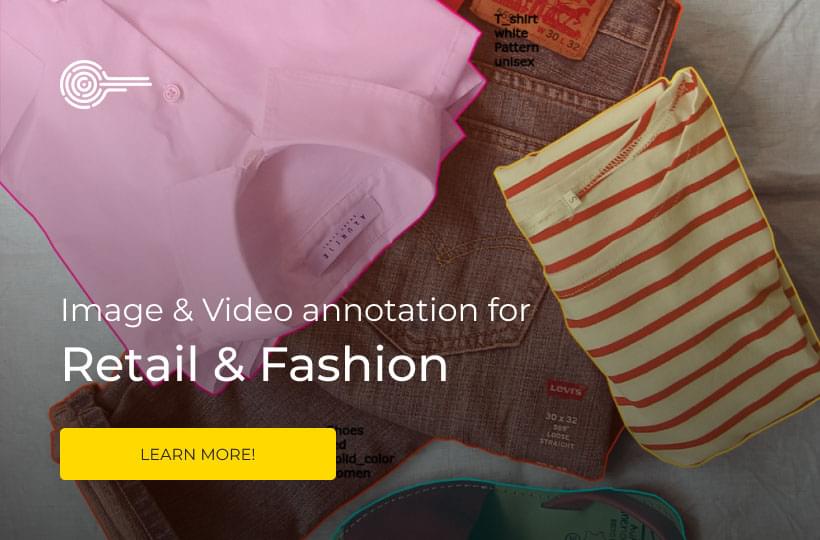What To Do If You Have A Unique ML Data Annotation Project And No Data

Suppose you have a computer vision or machine learning (ML) project and data for annotating. Great! You can use that data to build a training model. However, what if your project is unique and you don't have data to annotate? How do you get started?
Creating training data for computer vision and ML data annotation can be challenging. Finding new data is also an issue because many popular datasets are copyrighted, so you cannot use them for commercial applications without permission from the owner.
But creating new data for computer vision projects is time-consuming and expensive. Fortunately, there are ways to train your models, whether hand-crafted or computer generated. Below are for creating data when you have none and three project applications.

How to source data for a unique machine learning project
When creating a data annotation project, you must determine how much data you need. It's essential to get the right amount of data for your project because if it's too small, your training set won't represent real-world data, and your results will not be accurate. If it's too large, then you'll spend more time annotating than training.
If you have a project and data does not exist for annotating, here are two things that you can do:
- Create training data. You can do this with real-life data or synthetic data.
- Collect training data. Deploy web scraping tools to retrieve appropriate data.
Most people assume that data is just about pictures and videos. However, you can use other data types to train machine learning algorithms, such as audio, text, and user behavior. The key is to define what kind of data you need and how to generate it.
Three real-life ML data annotation examples requiring unique data creation
If you are trying to create something that has not been done before, you will need to create your own training data. This data is "labeled" or "annotated" data.
Data creation | Keymakr
1. Data for fitness mirrors
The fitness mirror records the user's movements and then uploads them to a computer for analysis. A standard method for collecting fitness data is filming. First, decide on the type of data you want to collect.
On the surface, it seems like building a fitness mirror would be easy. You take all the data from the other apps and put it in one place. But there are many challenges along the way, including data consistency.
The data collected by different devices doesn't always match perfectly. For example, some fitness trackers use different algorithms to calculate calories burned, distance traveled, and other metrics. They may also use different scales for measuring weight or body fat percentage.
The data for fitness mirrors comes from multiple sources. The first is sensors. Fitness mirrors use a combination of accelerometers, gyroscopes, and magnetometers to capture motion data such as steps taken, distance traveled, and elevation gained. They also include heart rate monitors, which measure the pulse at different points in the body, like the wrist or arm.
Fitness mirrors can also collect other data types, including weather conditions (temperature, humidity), location (GPS), and more. In addition, you can collect data using software development kits (SDKs), allowing developers to integrate apps with fitness mirrors' APIs (application programming interfaces).
2. Creating data for the security sector
The security sector is vast, with many applications and areas of focus. Your ML data annotation requirements for computer vision projects can vary a lot. Before starting, consider the data you need to create for a given task.
Recording real-world scenarios is one way to create data for computer vision projects in the security sector, but this can be time-consuming and expensive. It's often better to use synthetic data sets if possible.
Synthetic data looks like real-world scenarios but is computer-generated instead of captured in real life. They can train machine learning models without having to record real-world data first.
Start by creating a list of objects you want to identify in your project. For example, if you're going to detect the presence of people in video frames, then add categories like "person," "man," "woman," etc.
Next, create a list with all possible states for each object. For example, for "person," you might have labels like "walking" or "running"; for "man," we have conditions like "wearing a black jacket" or "wearing a blue coat." Finally, add a few sample images per state so the classifier can learn what each looks like and how likely a picture contains that state.
3 Automotive in-cabin data creation
You need to create data for Automotive in-cabin filming computer vision projects when there is no existing data. Automotive in-cabin data helps design human-vehicle interfaces, autonomous vehicles, and driver-assistant systems. The problem is that many different types of cars have different layouts and designs. Consequently, there is little overlap between your training data set(s) and any test set you might want to use.
The first step is to understand what kind of data you need. For example, suppose you need a set of images containing people's faces inside a car. If possible, each person should have two or three images showing different facial expressions like smiling, frowning, etc. These images should also include facial expressions as they drive around town.
You can have someone drive using a simulator and then capture images from inside the car with cameras mounted on the dashboard. Meanwhile, the driver wears a head-mounted display (HMD).
Once you capture the data, you can use it to train your computer vision models. You may also want to incorporate data from other means (e.g., GPS or other sensors) into your model training process.

Final Thoughts
Developers face considerable challenges in creating and modifying datasets to train machine learning models. The current options for designing ML data annotations can be daunting for non-experts. In addition, solutions are expensive and require hours of effort.
Keymakr provides high-quality, standardized image and video data tailored to meet your project's exact needs in quantity and quality. Now, you can train highly personalized AI models on real-world data quickly and cost-effectively. Contact Keymakr to start making data for your computer vision project.



